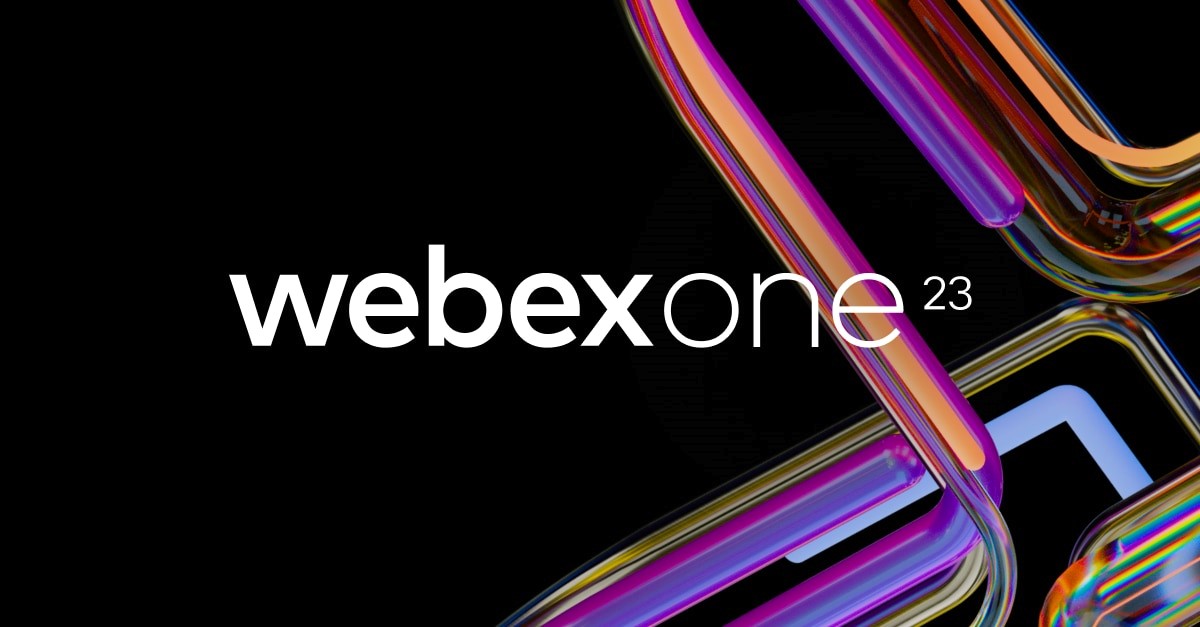The modern enterprise, especially in the wake of the global shift to hybrid work, has firmly established collaboration as its central nervous system. It's no longer just a "nice-to-have" convenience; it's a strategic imperative directly influencing productivity, innovation, employee engagement, and overall business agility. Organizations are grappling with distributed teams, diverse work styles, and a multitude of digital tools, all of which demand seamless and effective communication. In this dynamic environment, the quality of collaboration experiences isn't just important; it's paramount to success in the digital age.
Within this evolving landscape, Cisco has long been a foundational player, building a formidable presence in networking, security, and, significantly, enterprise collaboration. For decades, Webex has been synonymous with robust meeting capabilities, underpinned by Cisco's heritage in secure, high-performance infrastructure. However, as the market matured and became more fragmented with the rise of numerous software-centric collaboration platforms, some might have questioned the continued emphasis on dedicated hardware. Indeed, as an analyst, I observed this skepticism myself. Yet, Cisco has not only maintained but significantly amplified its investment in collaboration devices, taking a bold and strategic initiative to innovate and expand its hardware portfolio. This commitment signals a profound understanding that while software provides the functional backbone, high-quality hardware truly anchors the collaboration experience, transforming it from merely functional to genuinely immersive and equitable. Having personally used several Cisco collaboration devices, I can attest to their impressive quality, performance, and interoperability.

From my vantage point, Cisco's renewed and aggressive device strategy, particularly its focus on open interoperability, isn't just a tactical adjustment; it’s a critical differentiator and, frankly, a strategic necessity in a crowded market. By embracing an ecosystem where its hardware seamlessly supports multiple third-party meeting platforms, Cisco is directly addressing a pervasive pain point for enterprises: the complexity and friction of multi-vendor environments. This strategic pivot positions Cisco not as a proprietor of a closed garden but as an enabler of universal, high-fidelity collaboration experiences, laying a strong foundation for its sustained relevance and leadership in the future of hybrid work. This is a clear signal to technology vendors: open ecosystems are key to future success.
Cisco's Strategic Bet on Devices: Why Now?
Cisco’s decision to double down on collaboration devices, seemingly against a backdrop of software commoditization, is a shrewd strategic bet rooted in a deep understanding of evolving user needs and the realities of enterprise IT. At its core, this strategy recognizes a fundamental truth: a superior collaboration experience is intrinsically tied to the quality of the hardware. For technology vendors, this underscores the importance of the edge device in the user's overall perception. While the software layer provides features and functionality, it is the device at the edge—the camera, microphone, speaker, and display—that truly dictates the user’s sensory and interactive engagement. Subpar audio, grainy video, or clunky controls can quickly derail even the most feature-rich software experience, leading to frustration and reduced participation.












